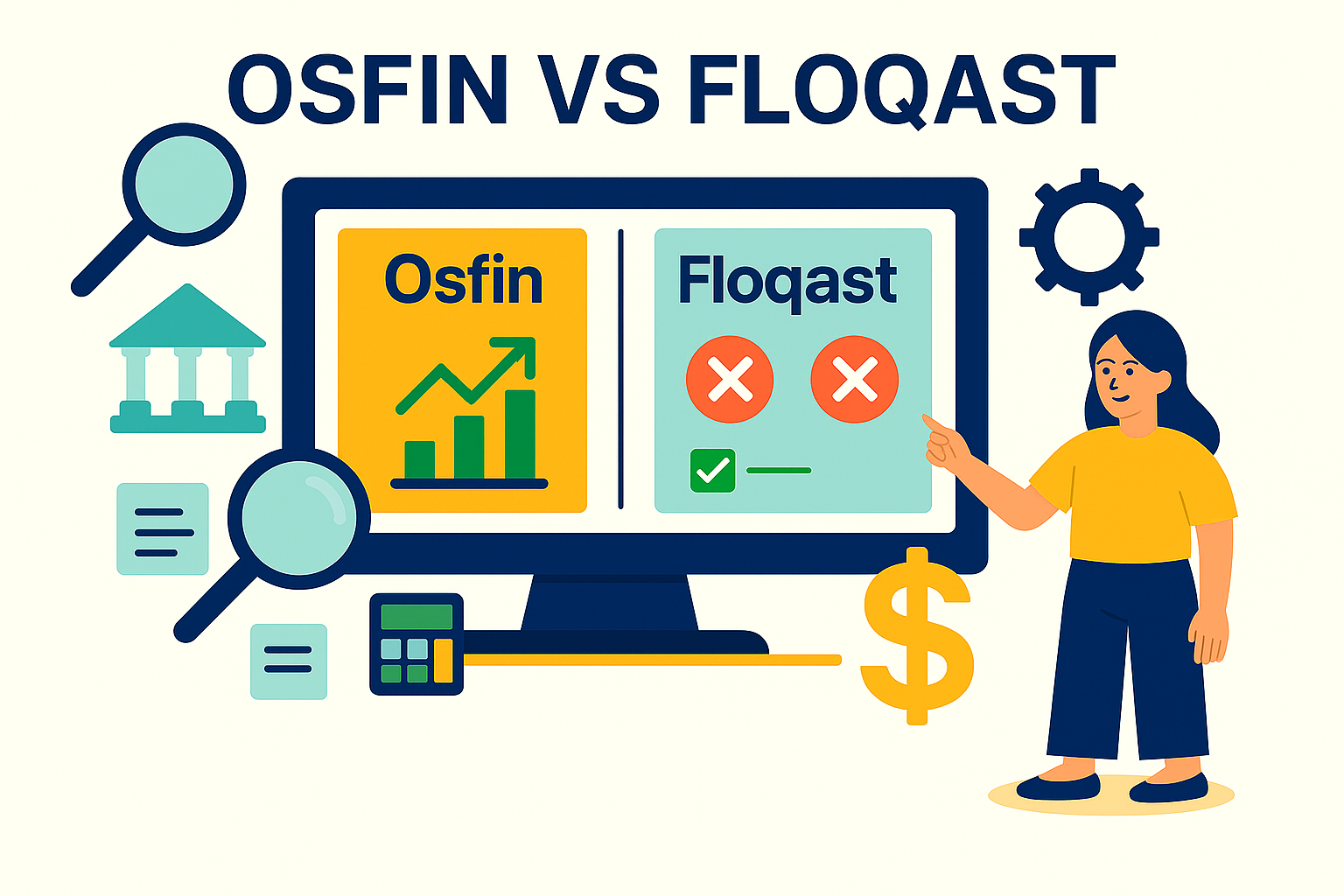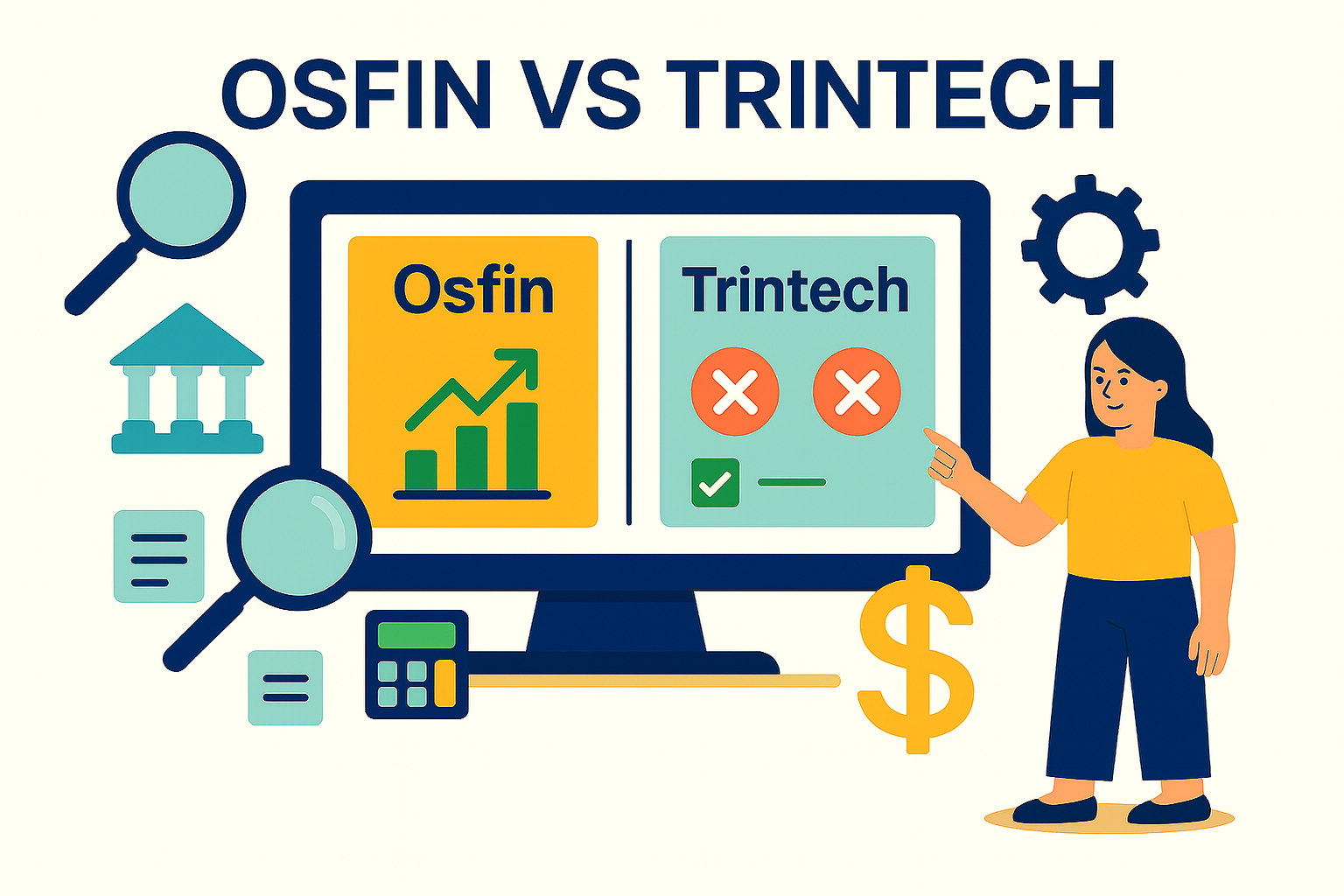Automating the Importance of Bank Reconciliation Statement for Scalable Finance
What’s common between auditory compliance, financial record matching, and financial integrity for your organization? It’s the bank reconciliation statement.
In financial institutions, where trust and transparency are non-negotiable, the bank reconciliation statement is catching errors before they escalate, detecting fraud before it festers, and ensuring that every dollar, rupee, and pound is accounted for.
In a world driven by real-time transactions, multi-channel payments, and compliance-heavy reporting, reconciling your bank statements becomes a necessity. Following this, knowing more about the importance of bank reconciliation statements becomes the first step. Let's explore how.
What this blog covers:
- What a bank reconciliation statement is and how it works
- Why bank reconciliation is crucial for financial accuracy and trust
- Key benefits: error detection, fraud prevention, cash flow visibility, audit readiness
- Common causes of discrepancies (timing differences, bank fees, data entry errors)
- Best practices and internal controls for timely bank reconciliation
- How automation tools like Osfin enhance reconciliation efficiency
- Frequently asked questions about Bank Reconciliation Statement
What is a Bank Reconciliation Statement?
Bank reconciliation is the matching of a company’s records against different data sources, including data from ERPs, CBS, bank statements, and from settlement files of payment gateway providers and payment processors, to make sure that all balances match out.
A Bank Reconciliation Statement (BRS) is a financial statement prepared by your organization to reconcile the cash balance in its general ledger, with the corresponding amount in its bank account as reflected in the bank's records. It identifies and explains discrepancies like outstanding checks, failed transactions, unrecorded fees, or timing differences. Then, it makes sure that internal financial records align with external banking data. The importance of BRS is in every aspect of your organization’s financial record keeping.
Prepared at regular intervals, BRS can weed out financial inconsistencies before they become major problems. For larger enterprises, this happens daily, weekly, and monthly.
Purpose of Bank Reconciliation Statement
At its core, the purpose of bank reconciliation is to ensure financial data integrity. It's essential for identifying mismatches between a company’s general ledger and actual bank transactions, data from ERPs, CBS, bank statements, payment gateways, and payment processors. These mismatches can be missed entries, reversals, chargebacks, or failed credits.
The other way bank reconciliation statements can help is by creating a complete picture of bank balances on specific dates. If there are any irregular or unexpected transactions here, major problems might be caught early.
For banks and lenders, a bank reconciliation statement ensures accuracy in customer balances, timely interest postings, compliance with central bank reporting, and swift resolution of chargebacks or fraud. This underpins the importance of BRS for your institution.
Reasons Why Bank Reconciliation Statement is Important
When handling large volumes of financial data, record-keeping and matching is very important. A bank reconciliation statement, especially when prepared on a regular basis, can come in handy. Here’s how:
1. Manages Risk
A regularly scheduled bank reconciliation statement helps detect suspicious or unauthorized transactions early. If your organization is going through records on a daily basis, it gets easier to spot suspicious transactions or missing records. This ultimately helps in early fraud detection and avoiding penalties because of audit non-compliance. Further, spotting errors like double payments or unauthorized withdrawals can be critical to preventing them from cascading, and further damaging your financial status.
{{banner1}}
2. Compliance
As you are aware, financial institutions are subject to stringent compliance bottlenecks. They need to maintain timely, accurate reconciliations to comply with central banking regulations, AML protocols, and internal control frameworks. With ongoing reconciliation and the supporting statements, your organization stays ready for both internal and external audits.
3. Cash Control
Reconciliations enforce separation of duties and strengthen internal controls over cash. Ideally performed by someone not responsible for processing payments, this segregation reduces the likelihood of anyone misusing your organization’s cash.
4. Improves Stakeholder Confidence
Whether reporting to boards, regulators, or investors, accurate reconciliation is a reflection of transparency. A solid bank reconciliation statement showcases your financial discipline to the relevant people.

These reasons make a solid case for why it is important to reconcile your bank statements. But to dig into it further, let’s look at the possible outcomes of not reconciling your bank statements.
Consequences of Not Reconciling Your Bank Statement
Failing to reconcile bank statements invites risk, and threatens your institution’s financial integrity.
Without fear mongering, here’s what is at stake when reconciliation is skipped or delayed:
- You might miss discrepancies that indicate fraudulent transactions and suspicious activity.
- You might not be able to explain the differences between accounts and amounts, hurting your financial integrity.
- Following that, getting inaccurate financial data can further contribute to making incorrect data based decisions for your institution.
- You might run into legal problems in cases of non-compliance.
- Building on the previous point, reconciliation problems and audit failure can lead to major financial losses for your organization, often in the form of penalties imposed by regulatory bodies, and significant reputational damage.
- Last but not the least, an unreconciled bank statement can be the cause of undue stress. And the best way to address it is to schedule your bank reconciliations in a timely manner.
These consequences are a gentle indicator towards the importance of BRS in your financial operations. A natural question at this stage is: is there any way to make this process easier? The answer is yes, and it lies in automation.
Automating Bank Reconciliation
The manual approach to reconciliation sounds tedious, and for good reason. For your operations team, this can mean digging through spreadsheets, matching line-by-line, cross-referencing bank statements.
In today’s financial environment, this is no longer sustainable. Especially as your organization scales over time and the transaction data volumes explode, automation becomes essential.
So what does an automated bank reconciliation look like? Automation software streamlines this process by:
1. Ingesting bank files, CBS data, and payment gateway records in real-time
2. Standardizes data formats across files received from third party ecosystem partners like CBS, payment gateways, etc.
3. Applying intelligent matching algorithms(often incorporating AI) that identify and flag discrepancies
4. Providing dashboards and alerts for real-time insights
5. Creating audit-ready logs for every action taken
6. Automatically handle all exceptions within the platform, clubbed with looping in both internal and external stakeholders.
Voila! With these steps, automation eliminates manual errors, simplifies your workflow, thereby reducing reconciliation time significantly.
There are multiple options in the market for automating reconciliation processes. Osfin.ai is engineered for financial institutions, with support for core banking systems, SWIFT messages, ACH files, and card networks. Osfin positions itself ideally for banks and lenders reconciling millions of transactions daily.
In the following section, let’s explore more specifics on how it can enhance bank reconciliation and statements for you.

In the following section, let’s explore more specifics on how it can enhance
How Osfin Enhances Bank Reconciliation?
Recognizing the importance of BRS in mind, Osfin.ai positions itself as a transformative tool.
Osfin simplifies the reconciliation process by automating ingestion from multiple systems, including core banking software (CBS), payment processors, and direct bank feeds. Its AI-powered matching engine identifies mismatches with perfect precision, even across complex, high-volume transactions. Among its many solutions for your specific needs are the following:
1. End-to-end automation: Osfin can streamline reconciliation by automating ingestion from multiple systems like CBS, payment gateways, and bank files, and using intelligent matching systems to get the job done.
2. File format agnostic platform: Osfin lets you gather data in any file format from all sources, consolidating it with ease.
3. Lightning-fast processing: Osfin can handle over 30 million transactions in just 15 minutes, along with seamless integration via 170+ pre-built connectors.
4. Accuracy: Osfin offers reconciliation solutions without compromising on accuracy. It will minimize errors with AI-powered validation. Using unmatch tags, Osfin lets your team see unreconciled transactions easily, saving time, and building accuracy.
5. Complete visibility: Gaining real-time insights and full transparency with unified dashboards for better financial control is another of Osfin’s star features.
6. Effortless compliance: The primary purpose of bank reconciliation is compliance, for any financial institution. Osfin keeps you audit-ready with robust validation and 100% traceable audit trails.
7. Expert support & scalability: Benefit from dedicated guidance from industry experts at Osfin, and scale smoothly to handle high transaction volumes.

All your needs and more are met by Osfin.ai and its plethora of reconciliation oriented solutions. It transforms this process with automation, speed, and seamless data integration, reconciling millions of entries in minutes. This reduces manual work, prevents revenue leakages, accelerates month-end close, and ensures the regulatory compliance of your organization, which contributes to your organization’s operational efficiency, all in one convenient platform.
{{banner3}}
FAQs on Importance of Bank Reconciliation Statement
1. Why is it important to reconcile your bank statements regularly?
Reconciling your bank statements helps ensure that your financial records accurately reflect actual cash flow, which is why it’s important to reconcile your bank statements. The frequency of reconciling bank statements depends on your organization. Doing them monthly is a good starting point, but if you represent a bigger organization with huge data volumes, daily reconciliation is the ideal way to go.
2. What is the main purpose of bank reconciliation?
The primary purpose of bank reconciliation is to match your company's internal ledger with the bank’s records. This process uncovers differences, improves accuracy in financial reporting, and supports compliance with audit requirements.
3. What are the steps to reconcile a bank statement?
The steps involved in bank statement reconciliation include comparing your records to the bank statement, checking each transaction, investigating any differences, resolving them, and then forming a final report.
4. How does automation improve the bank reconciliation process?
Using automation can simplify the bank reconciliation process by taking out the leg-work. Automated, intelligent matching algorithms, supplied with audit trails and complete accuracy, can shorten your reconciliation time significantly. Osfin.ai offers the whole package for your bank reconciliation process.
5. Why is the importance of bank reconciliation growing in modern finance?
As modern finance grows and evolves, the importance of BRS or bank reconciliation grows with it. This is because financial record accuracy, data-backed financial decisions, and meeting stringent regulatory requirements are more critical now than ever.


